The ultimate American traitor, Benedict Arnold’s life was much more complicated
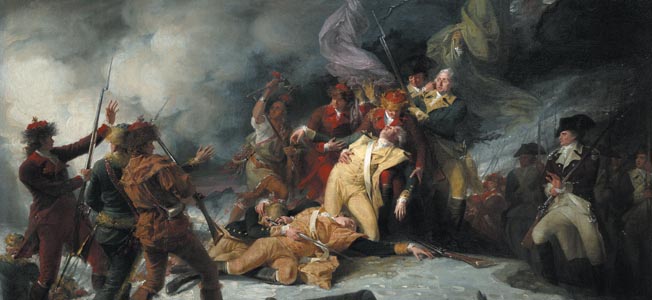
Montgomery and Arnold spent December planning the inevitable storming of the city, a siege impossible against superior British artillery and December 31st the end of the enlistment period of many of Arnold’s militiamen. They resolved to attack central Quebec City by scaling the walls on the first cloudy night towards the end of the month. Perhaps not coincidentally an attack was ordered on the snowy night of December 30 to take place in the early morning hours of the 31st. Rockets signaled the 4AM attack by the divided American column but these rockets also alerted the British, who, tipped off by an American deserter, were expecting the attack. Montgomery and several of his officers were killed after literally sawing through a log barricade and attempting to storm a heavily fortified blockhouse.
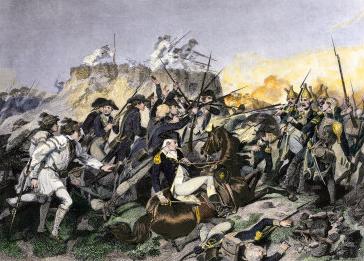
As the sound of fighting reached Arnold in his tent in the vicinity of General Gates, again comfortably headquartered out of harm’s way, the demoted general could not stand staying out of battle and suddenly climbed on his horse and headed rapidly into the conflict. Although Gates sent an aide to personally order Benedict Arnold off of the battlefield, this aide would never catch up with him. Arnold spent the rest of the day leading several counterattacks, so visible at the head of several American assaults that it seemed miraculous that he was not killed. Upon successfully seizing British fortifications after hand to hand combat, Arnold was inevitably wounded in the same leg injured previously in Quebec, his dead horse compounding wounds by falling on top of him. With the British Army in full retreat, Arnold was carried behind the lines on a litter.
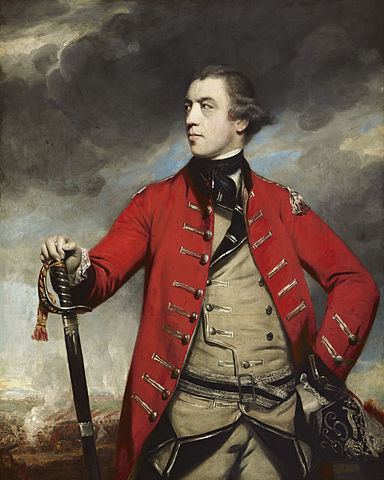
Washington became aware of a new British invasion in the Hudson Valley, this time commanded not by the plodding, deliberate Governor Carleton but by the flamboyant John Burgoyne. Understanding that the current commanders of the colonial forces in the area, Philip Schuyler and Horatio Gates, having already surrendered Fort Ticonderoga without firing a shot, would be greatly aided by the addition of the aggressive and daring Arnold, Washington decided to involve him in the defense of the region.
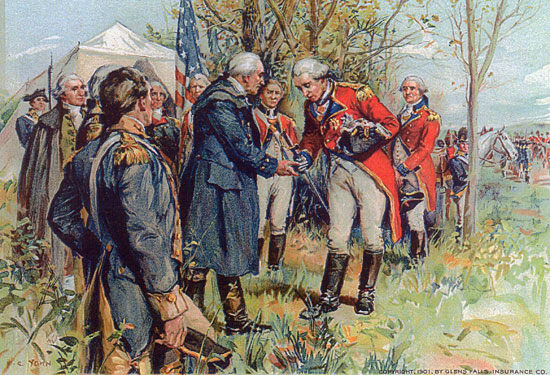
Burgoyne’s 1,000 casualties underlined the overwhelming 3-1 manpower disadvantage he now faced. Reluctantly, after meeting with whatever general staff that had not been killed, he came to the unavoidable decision to surrender, which occurred officially on October 17. This stunning defeat of a battle tested, traditional British army at the hands of what was considered an undisciplined, under equipped rabble sent shock waves throughout Europe.
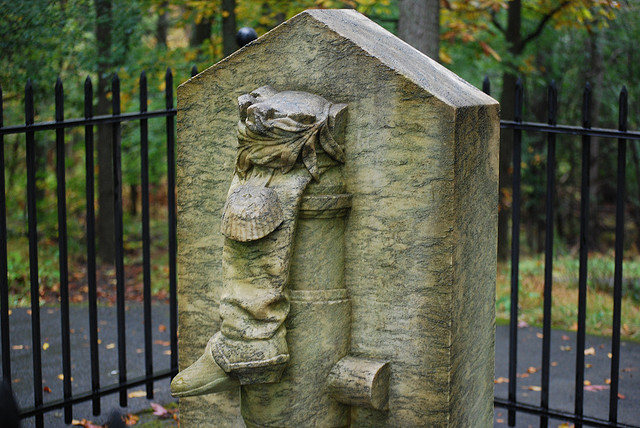

Podcast: Play in new window | Download
Subscribe: RSS
